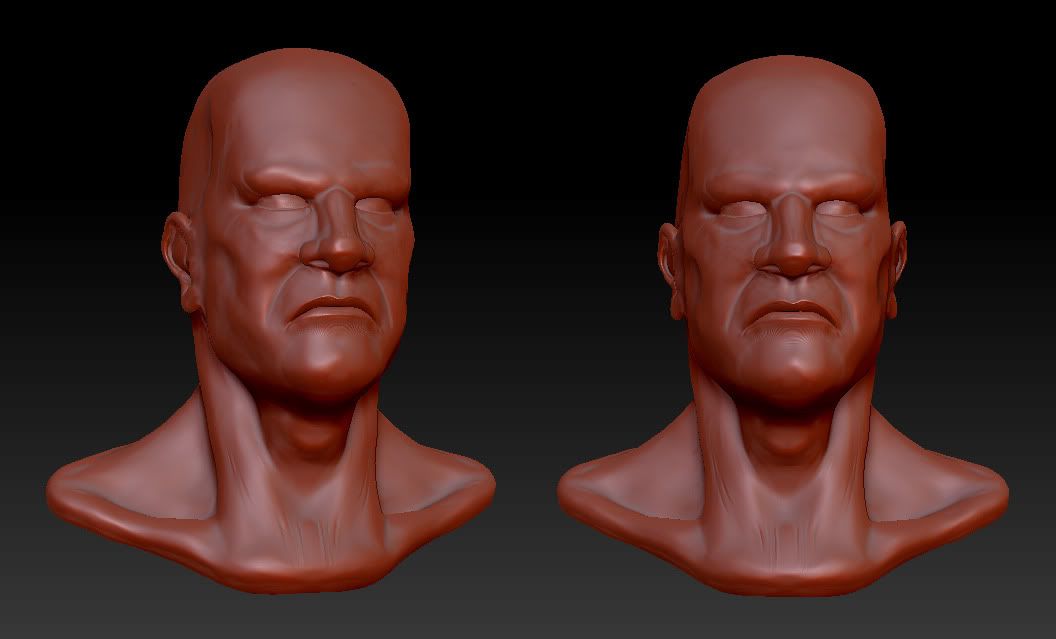Soldato
- Joined
- 22 Sep 2005
- Posts
- 3,267
- Location
- Manchester
That is amazing. How long did it take you to produce it?
Well, the assignment was one semester (14 weeks) so on and off over that period; didn't really start it til about week 7 as for most of the time we were going through tecniques and I have been much more focused on other projects.
so I reckon around 7 weeks on and off... but more off than on
 ha ha
ha hathere's a lot of learnign going on behind the scenes though, this little project covered a lot of the stuff that I was wanting to get out the way such as lighting, rendering, linear workdflow and rnder layers / passes, all of which I had an idea about, but had not been taught by the particular lecturer on the subject properly yet who is very good.
Yeah, that's brilliant... is it manually animated or is there some sort of (IK?) mechanism to do it? I used to dabble a little with 3D apps but was never really any good.
oh yea, sorry it's rigged; so the whole movement is driven off an attribute on a dummy box, so when you up the number of the 'wheel rotation attribute' on the dummy box, the mechanism turns. that process is called set driven key.
That attribute turns the middle wheel, which in turn (no pun intended) drives the other 2 wheels through a constraint.
The middle wheel, through a point and orient constraint turns the eccentric crank, which is the big cam on the middle wheel.
there is a locator parented to the end of the eccentric crank, which one end of the 'main rod' is point constrainted to, and the other is aim constrained to the valve gear(the massive piston that drives the wheels in real life)
the valve gear is point constrained (with offset) to the middle wheel's locator at the rotation axis of the ecentric crank, meaning it is driven off the wheels rotation (like most things)
The smaller rods are mostly joints (2 sets of ) with IK handles. then constraints to lock move the IK's. that was the hardest part, as logic wouuld have you put the hinges in the joints where they are mechanically... and also in the other direction! With logic out the window, and the cg motto of 'if it looks right, it is right' I rigged them in what seemsd like the backwards way, but worked (then I realised why it worked)
It was a lot harder than I thought it was going to be to rig, mainly because I had not done it before; but also because I as thinking of it far too literally! In the end, nearly everything is driven off 2 or 3 cleverly placed locators which are parented to geometry, and the whole chain was made backwards, as in, the wheels make the mechanism go around :S took some getting used to!
hope that makes sense!
thanks for the kind words guys




 .
.